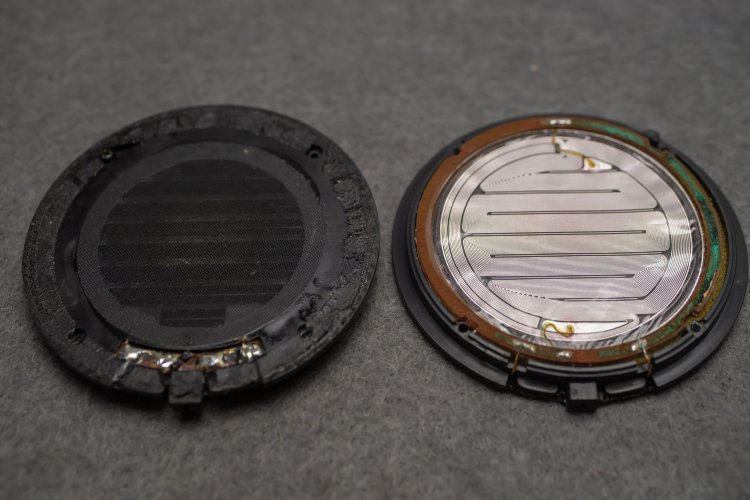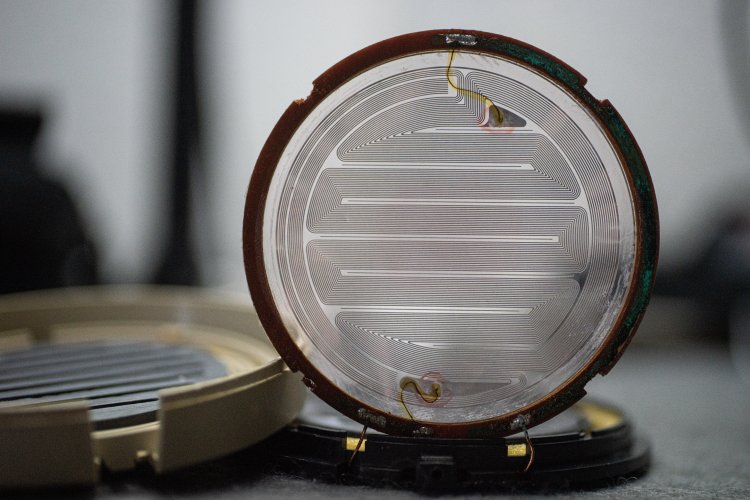khbaur330162
Vintage Ortho Ninja 🥷
- Joined
- Aug 5, 2006
- Posts
- 2,012
- Likes
- 1,862
pretty epic eh http://www.hifi-forum.de/printer.php?forum_id=110&thread=15878
I like his work. The volume of the ear chamber on that Sennheiser frankenphone is nice and small which, in my mind, allows him to use velour ear pads. The T50RP driver should still be able to pressurize the ear chamber quite well and bass response should not suffer too greatly through the use of velour. Ime, the T50RP's bass always had a "rubbery" quality to it. I used leatherette ear pads, however, and in one instance the ear pads used implemented quite thick chunks of "standard" open cell foam as their innards (Brainwavs pads on a Sennheiser HD535 frame). A T50RP with MDR-XB500 ear pads might sound similar? The ear pad should be comfy, yet firm, imo for T50RP bass to sound clean without either the use of massive amounts of baffle mass loading, or relatively high headband tension. My experiments with the T50RP are somewhat limited so much of what I'm saying is conceptual hearsay. I'd be interested in reading how others follow my logic.
























 I was just tickled that someone finally got round to using MDF for a housing as for the life of me I never understood why no one had done it.
I was just tickled that someone finally got round to using MDF for a housing as for the life of me I never understood why no one had done it.
